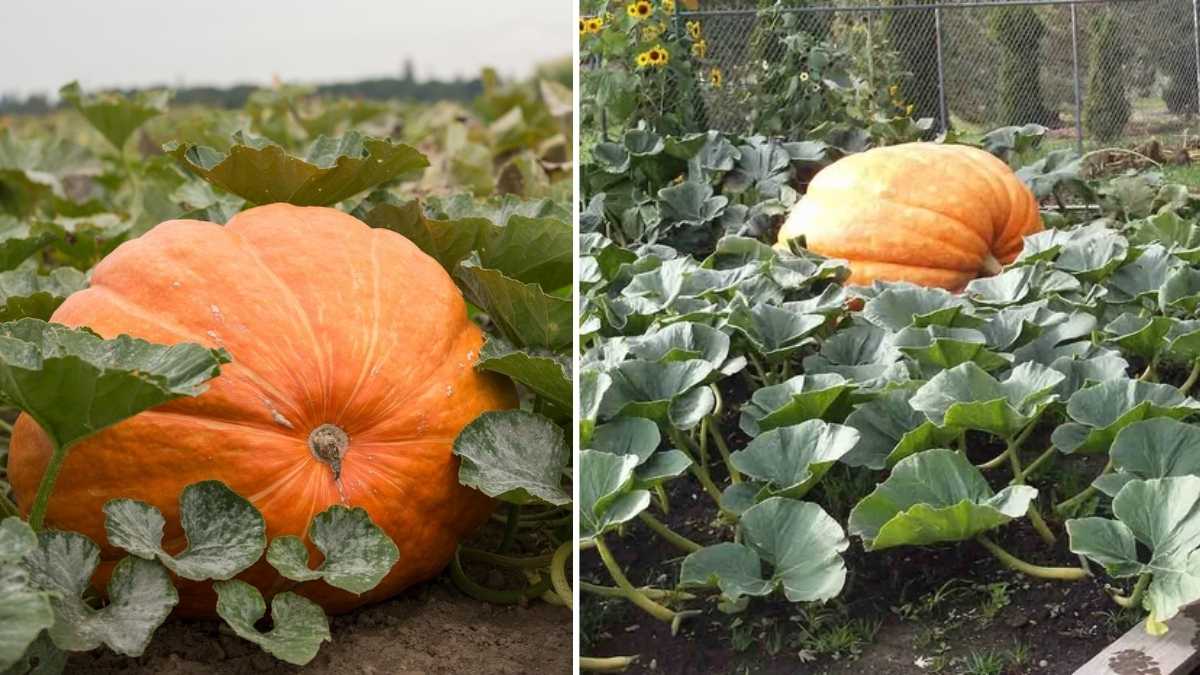Growing massive pumpkins for Halloween is not only a fun project but can also lead to impressive results that will awe your neighbors. If you’re looking to grow gigantic pumpkins for the season, it requires careful planning, patience, and the right growing conditions. Whether you want to carve a massive jack-o’-lantern or showcase your gardening skills, here’s a step-by-step guide to growing huge pumpkins in time for Halloween.
Choosing the Right Pumpkin Variety
To start, selecting the right variety of pumpkin is essential. Not all pumpkins grow to massive sizes, so make sure to choose varieties known for producing large fruits. Commonly recommended varieties for giant pumpkins include Atlantic Giant, Big Max, and Prizewinner. These varieties are specifically bred to grow large, sometimes weighing over 1,000 pounds!
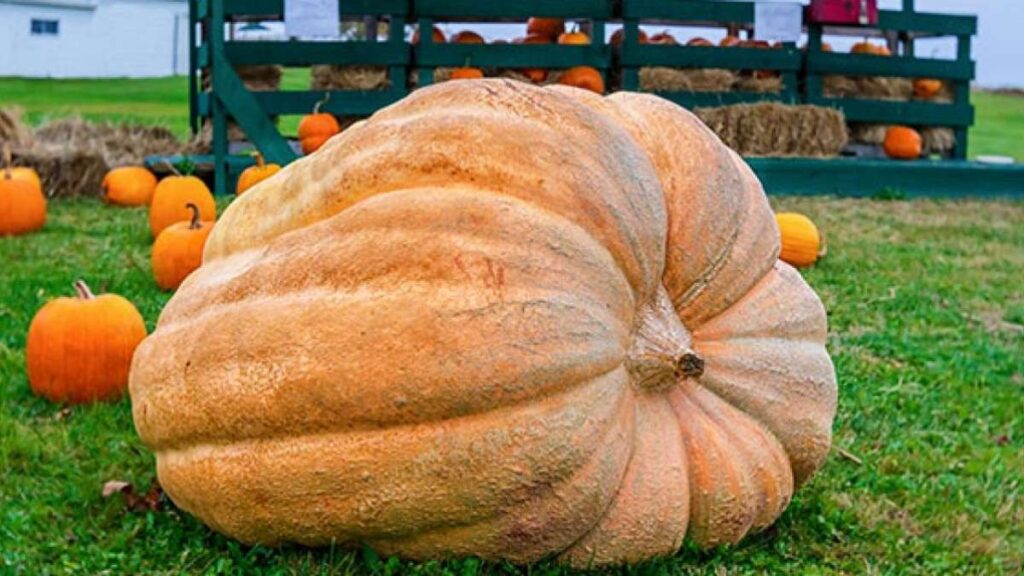
It’s also important to choose seeds from a reputable source. You might want to look for seeds from pumpkins that have already won competitions or been grown to impressive sizes. This increases your chances of achieving a truly massive pumpkin.
Preparing the Soil for Optimal Growth
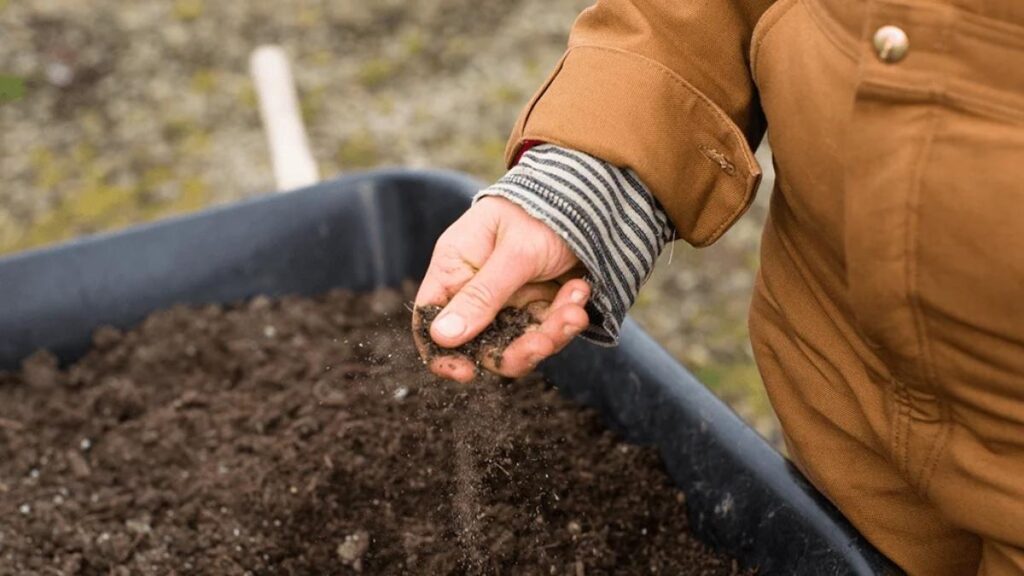
Pumpkins thrive in nutrient-rich, well-draining soil. Before planting your seeds, take the time to prepare your garden bed properly. Start by testing your soil to ensure the pH level is between 6.0 and 7.0, which is ideal for pumpkins. If your soil is too acidic or alkaline, consider adding lime or sulfur to adjust the pH.
Pumpkins are heavy feeders, meaning they require plenty of nutrients to grow large. Amend the soil with organic matter such as compost or well-rotted manure. This will not only improve the soil structure but also provide essential nutrients throughout the growing season. Additionally, pumpkins need plenty of space, so make sure the garden bed is at least 10 feet by 10 feet per plant.
Planting Your Pumpkin Seeds

Pumpkins are typically planted in late spring, after the last frost date in your region. This is when the soil temperature reaches around 70°F (21°C), as pumpkins thrive in warm soil. To plant the seeds, dig a small hole about 1-2 inches deep and place 2-3 seeds in each hole. Space the holes about 6 feet apart, as pumpkin vines can spread widely.
Once the seeds are planted, cover them lightly with soil and water gently. Keep the soil consistently moist, but avoid waterlogging, which can lead to root rot. After the seeds sprout, thin them out to leave the healthiest seedling in each hole.
Providing Ample Sunlight
Pumpkins are sun-loving plants that need at least 6 to 8 hours of direct sunlight per day. Make sure to plant your pumpkins in a location that receives plenty of sunlight throughout the day. If you’re growing pumpkins in a less-than-ideal spot, you can use reflective materials like white plastic or aluminum foil around the plants to increase the amount of light they receive.
Watering and Fertilizing for Maximum Growth
One of the keys to growing huge pumpkins is consistent and adequate watering. Pumpkins have deep roots and require a lot of water to support their growth. However, overwatering can lead to fungal diseases or root rot. The goal is to keep the soil consistently moist but not soggy. Water deeply and less frequently to encourage deep root growth.
During the growing season, pumpkins need plenty of nutrients. Regular fertilization is crucial, especially for giant pumpkins. Consider using a balanced fertilizer with a higher middle number (phosphorus) to encourage fruit development. However, as the pumpkins mature, switch to a fertilizer with more potassium to support the growth of the fruit. Organic fertilizers, such as fish emulsion or compost tea, are great options for providing consistent nutrients without overwhelming the plants.
Managing Pumpkin Vines and Fruit
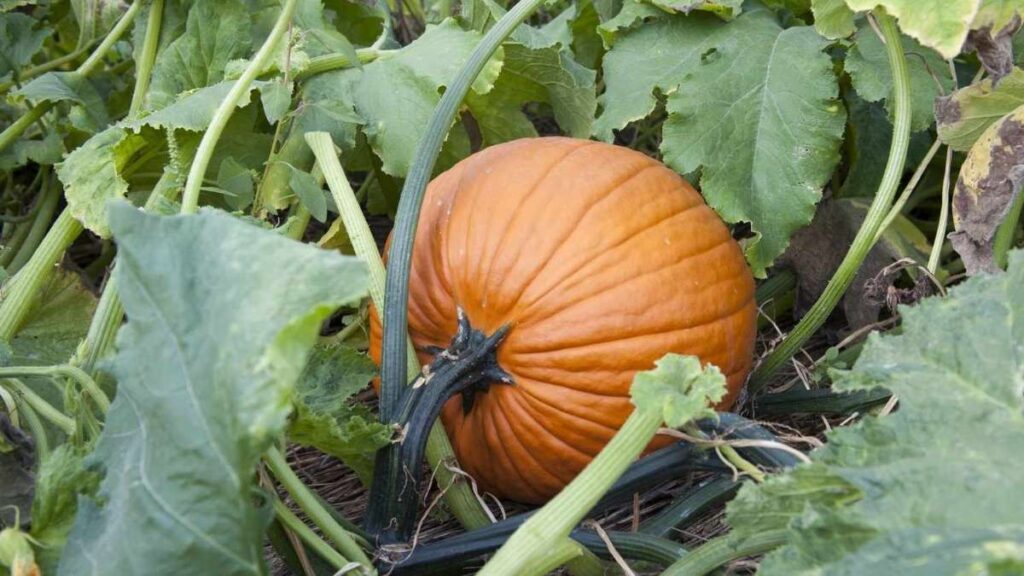
As your pumpkins start to grow, the vines will begin to spread out and take over the garden. It’s important to manage the vines to ensure the plant’s energy is directed toward growing the fruit rather than excessive vine growth. Regularly trim back unnecessary side shoots and leaves, focusing the plant’s energy on one or two pumpkins. This will help ensure that those pumpkins have the best chance of growing large.
Once the pumpkins start to form, consider using a layer of straw or mulch under the fruit. This helps to prevent the pumpkins from sitting directly on the soil, which can lead to rot. Keeping the fruit off the ground also allows for better air circulation, which helps prevent disease.
Pollination and Ensuring Healthy Fruit Development
Pollination is a crucial step in growing pumpkins, especially for large varieties. While bees are typically responsible for pollinating pumpkin flowers, sometimes additional assistance is necessary. You can hand-pollinate the flowers by transferring pollen from male flowers (which have a thin stem) to female flowers (which have a small bulb behind them) using a small brush or cotton swab.
Pumpkin flowers bloom in the early morning and often close by midday, so timing is essential. Be sure to pollinate flowers while they are open to increase the chances of fruit development.
Pruning and Care for Giant Pumpkins
Once the pumpkins begin to grow, it’s time for some careful pruning. You can remove any smaller pumpkins that form along the vines to ensure that the larger ones get all the nutrients. Only allow the strongest and most promising pumpkin to develop. Additionally, regularly check the plant for signs of disease or pests and address any issues quickly to prevent harm to the pumpkin.
As the pumpkin continues to grow, it’s important to monitor its size and weight. Giant pumpkins can become very heavy, and it’s essential to support them. Some gardeners use wooden planks, straw, or even old sheets to cushion the pumpkin and prevent it from being damaged by its own weight.
Harvesting Your Pumpkin
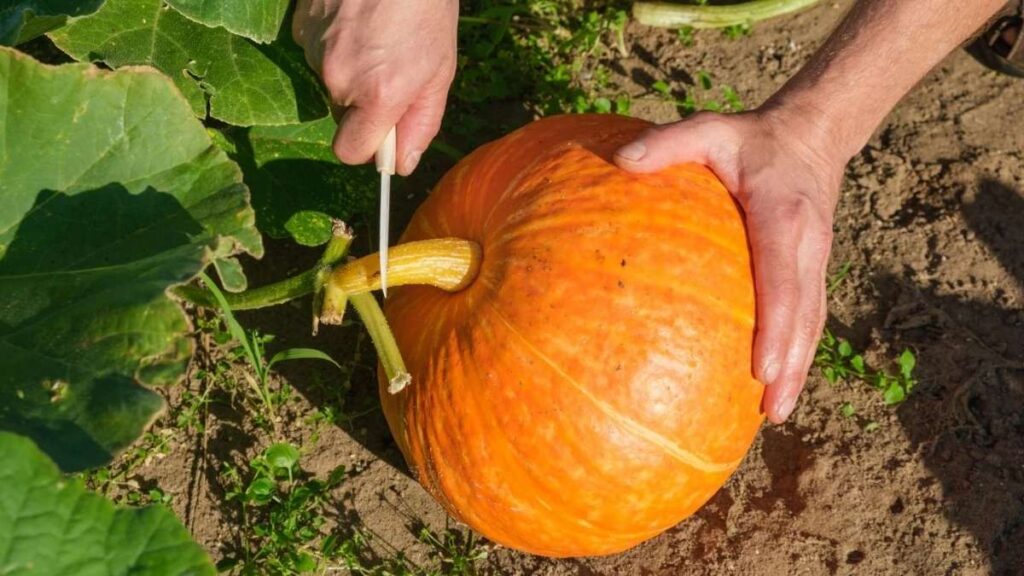
Harvesting a giant pumpkin requires patience. Most pumpkins are ready for harvest about 90 to 120 days after planting, but it’s crucial to check the pumpkin’s color and firmness. The skin should be a deep, solid orange (for orange varieties) and the pumpkin should feel firm when pressed. If you want to preserve your pumpkin for Halloween, make sure to leave it on the vine as long as possible, as this helps it reach its full size and maturity.
When it’s time to harvest, use a sharp knife or pruning shears to cut the stem, leaving about 3-4 inches of stem attached to the pumpkin. Handle the pumpkin gently to avoid bruising or damaging the skin.
Conclusion
Growing a giant pumpkin in time for Halloween is a rewarding and exciting endeavor. With the right variety, proper soil preparation, and consistent care, you can achieve impressive results. Remember, growing large pumpkins takes time, patience, and effort, but the end result will be a beautiful and impressive centerpiece for your Halloween festivities. By following these steps, you’ll be well on your way to creating a pumpkin that’s as big as your Halloween spirit!
